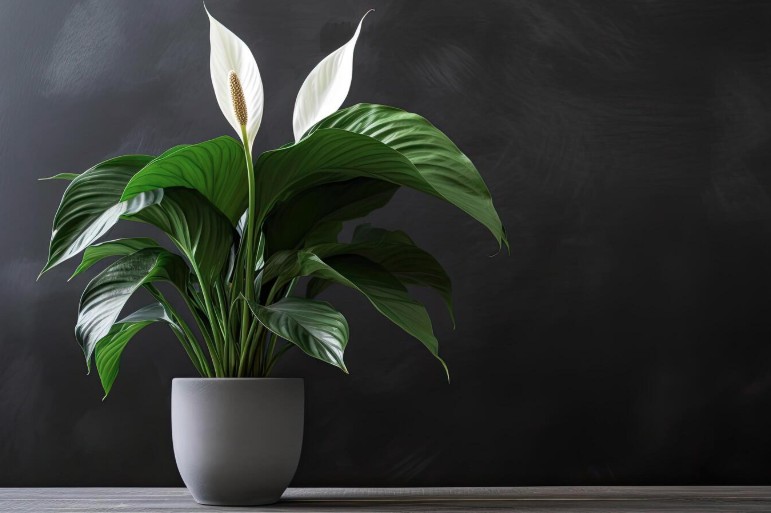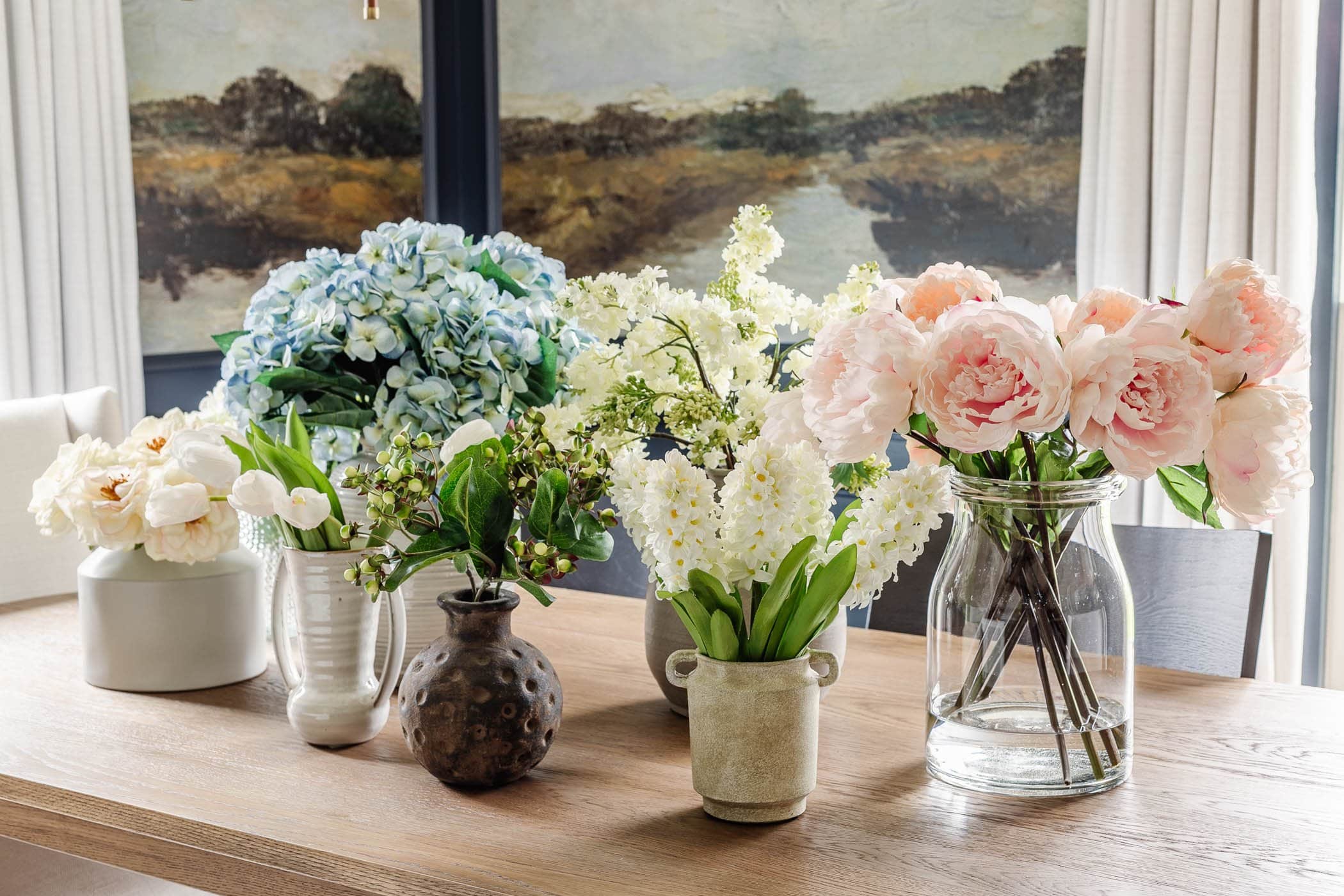Spathiphyllum, commonly known as the peace lily, is a beloved choice among houseplant enthusiasts and beginners alike. Its striking white blooms and lush green foliage not only enhance indoor aesthetics but also contribute to improved air quality. With minimal care requirements, this resilient plant thrives in various light conditions, making it an ideal companion for those new to gardening. Whether you’re looking to brighten up your living space or add a touch of nature to your home office, spathiphyllum stands out as the perfect houseplant for novice gardeners eager to cultivate their green thumbs. Discover more about this remarkable plant and why it deserves a place in your home.
Why Spathiphyllum is the Perfect Houseplant for Beginners
Spathiphyllum is an ideal houseplant for beginners due to its exceptional adaptability and low maintenance requirements. This hardy plant tolerates a range of lighting conditions, from low light to bright indirect sunlight, making it suitable for various indoor environments. Its ability to thrive without direct sunlight alleviates the pressure on novice gardeners.
Another significant advantage is its forgiving nature when it comes to watering. Spathiphyllum prefers consistently moist soil but can withstand occasional neglect. Overwatering or underwatering won’t lead to immediate disaster; instead, the plant will exhibit signs that remind caretakers when it’s time for hydration.
Additionally, spathiphyllum is renowned for its air-purifying qualities. It effectively removes harmful toxins from indoor air while releasing oxygen—an essential benefit in enhancing home environments. These combined attributes make spathiphyllum a perfect choice for those starting their journey into houseplant care.
Description
Spathiphyllum, commonly known as the peace lily, is a popular houseplant celebrated for its lush green foliage and elegant white blooms. This perennial plant belongs to the family Araceae and thrives in warm, humid environments. With its graceful appearance, it adds a touch of tranquility to any indoor space.
The leaves of Spathiphyllum are dark green and glossy, often growing up to 12 inches long. The unique flowers arise from spathes that resemble sails, creating an eye-catching contrast against the verdant leaves. These blooms typically emerge in spring or summer but can last throughout the year with proper care.
Not only does Spathiphyllum enhance interior aesthetics, but it also plays a role in improving air quality by filtering harmful toxins. Its low maintenance requirements make it ideal for novice plant enthusiasts looking to start their indoor gardening journey with ease.
Ecology and distribution
Spathiphyllum, commonly known as peace lily, thrives in tropical and subtropical habitats. This versatile plant is native to regions of Central and South America, favoring areas with high humidity and consistent moisture. Its natural environment typically includes rainforests where it flourishes under the canopy.
The ecology of Spathiphyllum highlights its adaptability to various lighting conditions. While it prefers filtered light, it can tolerate low-light environments, making it a popular choice for indoor settings. The plant’s ability to survive in less-than-ideal conditions contributes significantly to its appeal among novice gardeners.
In terms of distribution, Spathiphyllum has been widely cultivated beyond its native range due to its ornamental value. It is now found in homes and offices worldwide, celebrated not only for its beauty but also for its air-purifying qualities that enhance interior spaces.
Taxonomy
The spathiphyllum belongs to the family Araceae, which is commonly known as the arum family. This diverse group comprises several genera and species, often characterized by their unique floral structures. Within this family, spathiphyllum is recognized for its distinctive inflorescence and lush foliage.
The genus Spathiphyllum includes around 40 species, varying in size and leaf shape. These plants are native to tropical regions of the Americas and Southeast Asia. Their adaptability to different environments makes them prominent choices for indoor gardening.
Key species include Spathiphyllum wallisii, widely known as the Peace Lily, celebrated for its elegant white flowers and dark green leaves. Another popular variant is Spathiphyllum cochlearispathum, distinguished by its elongated leaves that can reach impressive lengths. Together, these species highlight the beauty within this captivating genus.
Selected species
Spathiphyllum, commonly known as peace lily, comprises several species that cater to various preferences and environments. Among the most popular is Spathiphyllum wallisii. This species features elegant white blooms and glossy green leaves, making it a favorite for indoor spaces.
Another notable variety is Spathiphyllum clevelandii, recognized for its larger leaves and robust growth habit. It can reach heights of nearly three feet and thrives in low light conditions while producing striking flowers throughout the year.
For those seeking a compact option, Spathiphyllum mini or ‘Petite’ varieties are ideal. These smaller plants maintain all the charm of their larger counterparts but fit perfectly on desks or shelves, offering versatility without sacrificing beauty in home decor.
Cultivation and uses
Spathiphyllum, commonly known as peace lily, thrives in a variety of indoor conditions. This hardy plant prefers low to medium light but can adapt to brighter settings with indirect sunlight. It enjoys well-draining soil that retains moisture without becoming waterlogged. Regular watering is essential; the soil should be slightly damp but not saturated.
In terms of uses, Spathiphyllum serves both aesthetic and functional purposes. Its lush green leaves and elegant white flowers add beauty to any home or office environment. Additionally, it acts as an air purifier by filtering out common toxins like benzene and formaldehyde.
The peace lily is also celebrated for its ability to bloom even under less than ideal conditions, making it an excellent choice for beginners who may forget occasional care needs. Its resilience combined with striking visuals makes it a favored option among houseplant enthusiasts.
Toxicity
Spathiphyllum, commonly known as the peace lily, is a popular houseplant with an appealing aesthetic. However, it contains calcium oxalate crystals that can be toxic if ingested. This compound can lead to irritation in the mouth and throat for both humans and pets.
Symptoms of ingestion may include pain, swelling, and difficulty swallowing. In more severe cases, nausea or vomiting may occur. It’s essential for households with children or pets to exercise caution when keeping this plant indoors.
Despite its toxicity, Spathiphyllum poses minimal risk when handled properly. Keeping the plant out of reach from curious hands or paws can mitigate potential hazards while still allowing you to enjoy its beauty and air-purifying benefits within your home. Always ensure proper care guidelines are followed to maintain a safe environment around this lovely houseplant.
Diseases
Spathiphyllum, like many houseplants, can be susceptible to a range of diseases. The most common issue is fungal infections, which thrive in overly moist conditions. Signs include yellowing leaves or black spots on the foliage. If caught early, treatment options such as fungicides or improved air circulation can help mitigate damage.
Bacterial infections also pose a threat and often present similarly to fungal issues. Leaf blight may occur when the plant’s environment is too humid or if there’s poor drainage. Removing affected leaves and adjusting watering habits are essential steps for control.
Pests like mealybugs and spider mites can exacerbate health problems in Spathiphyllum plants. Regular inspections for these pests will ensure that any infestations are addressed promptly, preventing further stress on the plant and maintaining its overall vitality.
History
The history of Spathiphyllum, commonly known as the peace lily, dates back to its native regions in tropical rainforests of Central and South America. First documented in scientific literature in the 19th century, it gained attention for its striking white blooms and lush foliage.
Spathiphyllum was introduced to European horticulture during this period and quickly became popular among plant enthusiasts due to its beauty and adaptability. The graceful shape of its flowers symbolizes tranquility, making it a favored choice for indoor decoration.
Throughout the decades, various cultivars have been developed through careful breeding practices. This has resulted in diverse species that are not only aesthetically pleasing but also hardy enough to thrive under varying conditions. Today, Spathiphyllum is celebrated worldwide for enhancing home environments with elegance while improving air quality.
Conclusion
Spathiphyllum, commonly known as the peace lily, stands out as an ideal houseplant for beginners due to its resilience and low maintenance requirements. Its ability to thrive in various lighting conditions makes it adaptable to numerous indoor environments.
Beyond its aesthetic appeal, spathiphyllum offers air-purifying qualities that benefit overall home health. This feature not only enhances living spaces but also contributes positively to well-being.
With minimal care needs—occasional watering and indirect sunlight—anyone can enjoy the beauty of this plant. Choosing spathiphyllum means embracing a green companion that brightens your space while being easy to nurture and maintain.
5 FAQs
Here are answers to some frequently asked questions about this wonderful houseplant:
How often should I water my Spathiphyllum?
Water when the top inch of soil feels dry. Typically, watering every 7-10 days works well.
Does Spathiphyllum need sunlight?
It thrives in indirect light but can tolerate low-light conditions too.
Is Spathiphyllum safe for pets?
No, it’s toxic if ingested by cats and dogs due to calcium oxalate crystals.
What temperature does Spathiphyllum prefer?
Keep it in temperatures between 65°F and 85°F (18°C – 29°C) for optimal growth.
How do I encourage blooming in my Spathiphyllum?
Provide bright indirect light and regular feeding during the growing season to boost flowering potential.











